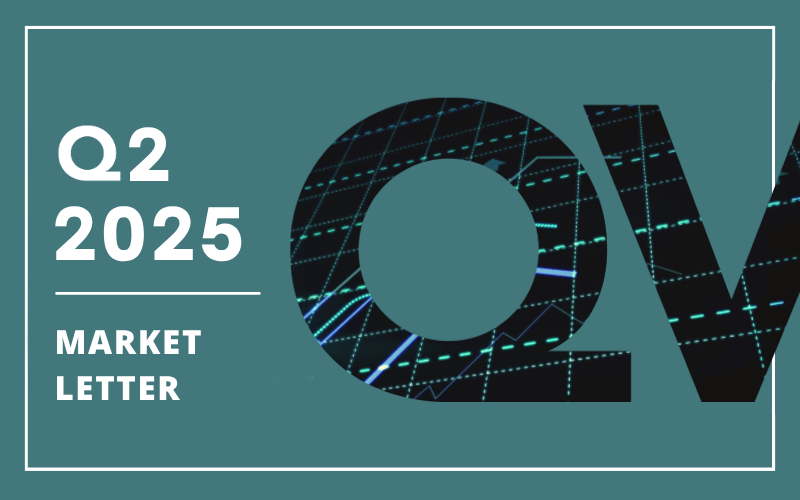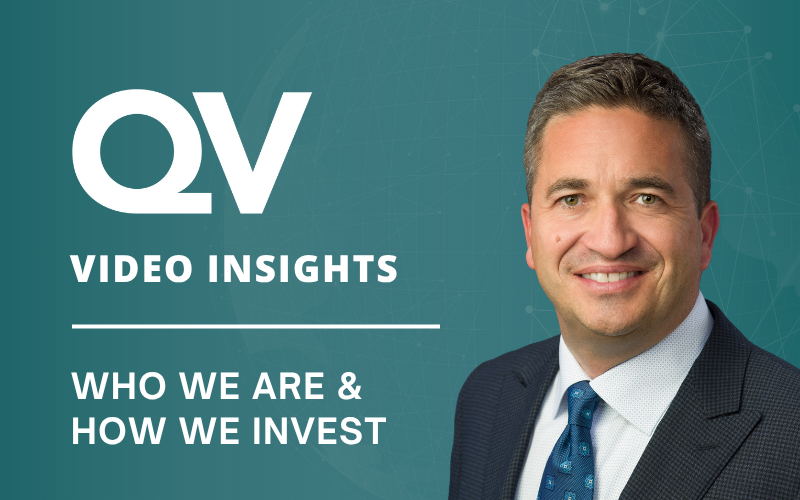Risk-managed and sustainable investing is not just about employing correct and successful strategies; it’s also about consciously and continuously avoiding devastating mistakes and pitfalls. While some pitfalls are easily identifiable and well-known – such as not investing in companies with consistent negative earnings, overleveraged balance sheets, or diminishing economies of scale – many remain hidden or are unconsciously ignored by investors. In this article, we highlight three critical “Do Nots” shared by our seasoned Investment Committee members during a recent meeting. These insights have significantly shaped our investment approach and the process we follow to gain conviction in an idea while avoiding major pitfalls. They differentiate our fundamental, quality and value-oriented investment strategy from that of short-term, momentum-oriented investors.
1) Do Not Miss the Forest for the Trees
Young investment professionals often immerse themselves in extensive data analysis, believing that scrutinizing every detail leads to superior investment decisions. While this approach does and has led to success for some, one of the most critical skills a fundamental investor should acquire is focusing on the most important and game-changing value drivers. An example of this was highlighted in one of our previous articles on Leon’s Furniture (LNF), where we discussed how some may overlook the power and value of LNF’s profitable, stable, coast-to-coast distribution network and real estate assets in Canada due to its smaller store footprint size compared to other multi-billion-dollar international players like IKEA.
Excessive focus on minutiae can result in losing sight of the broader investment thesis. Warren Buffett advises investors to concentrate on the key factors driving a business’s success. One of his famous quotes emphasizes this: “Our approach is very much profiting from lack of change rather than from change.” Instead of becoming trapped by every minor fluctuation, the focus should be on the fundamental aspects that underpin a business’s strength, like how stable and unchallenged it will be in the future, i.e. how strong its moats are.
Similarly, an illustrative example comes from tennis legend Roger Federer. Despite winning approximately 54% of the points played in his career, he has secured almost 80% of his matches! Interestingly, the stock market follows a very similar pattern, where ~74% of the years in each of the decades since the 1950s observed a positive return, while only ~54% of the trading days had a positive return. This demonstrates that one does not need to win every point to achieve overall success. Similar to how Federer concentrated on the pivotal moments that determine the match outcome, we also focus on key value drivers that compound our investments and result in consistent and predictable outcomes.

Source: Capital Investment Advisors; “Roger Federer’s Success: A Surprising Lesson For Your Investments” (Forbes, June 27, 2024)
2) Do Not Invest Outside Your Circle of Competence
It is common for most people or investors to feel more comfortable investing in familiar sectors or larger global companies, while hesitating to venture into less familiar territories such as smaller Canadian enterprises. A lack of understanding can lead to diminished confidence when investing in these businesses, hence one should strike the balance between knowing when to entirely avoid an investment idea (because they don’t have enough familiarity or competitive edge compared to other investors) and when they are informed and educated enough to fully understand the drivers and scope of the risks associated with initiating on that idea.
The late Charlie Munger emphasized the importance of operating within one’s “circle of competence.” He advised that investors should know their strengths and stay within that domain. Munger once stated, “It’s not a competency if you don’t know the edge of it,” underscoring the necessity of being cognizant of both one’s knowledge and limitations.
However, this doesn’t mean investors should completely avoid areas they are less familiar with, as this might result in missing potential sources of outperformance. Instead, it means having the patience to invest when your knowledge is fully developed. For example, early on, as a generalist, many business models were initially new to me. However, over time, I have come to a better understanding of different sectors and business models and have a better grasp of risks and opportunities presented by a cross-section of companies within the economy. This continuous learning is why most investors spend a significant amount of time reading and studying new industries, sectors, books, or ideas. At QV, we invest considerable time and effort to collaborate on new ideas, learn from each other’s past experiences, and challenge and test the group’s collective understanding of an investment thesis, which brings us to the third lesson in this article.
3) Do Not Be Afraid to Admit What You Don’t Know
A common challenge among investors, or in any professional career, is the reluctance to acknowledge gaps in one’s knowledge, which can lead to overconfidence and errors. Admitting what you don’t know fosters learning and growth. As Aristotle put it, “The more you know, the more you realize how much you don’t know.” Maintaining this perspective ensures caution and thoughtful analysis.
At QV, a culture is encouraged where team members feel comfortable asking questions and expressing uncertainties. This openness promotes mutual learning and helps avoid uninformed decisions. By admitting unknowns, we can seek advice, conduct further research, and make more informed decisions.
Conclusion
Navigating the investment landscape requires not only knowledge and skills but also the discipline to avoid common pitfalls. By steering clear of getting lost in the details, the focus remains on the fundamental drivers of value. Staying within areas of expertise ensures decisions are grounded in solid understanding and admitting unknowns fosters a learning environment that benefits us and our clients.




